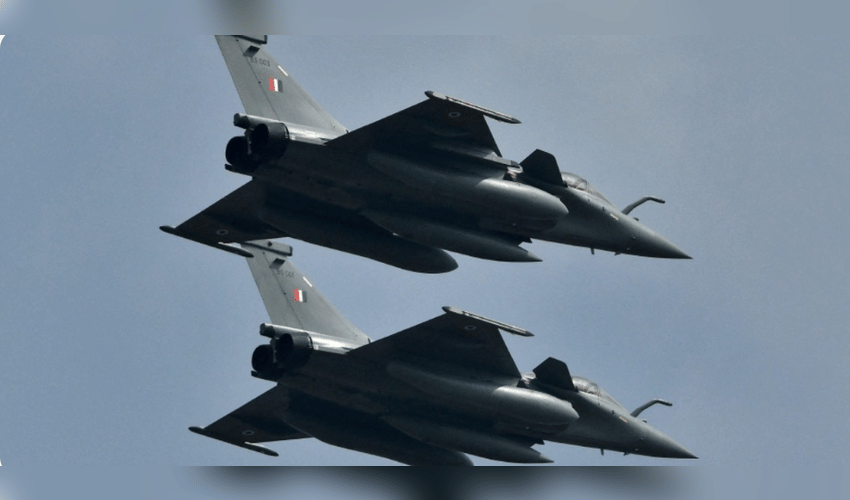Military
Global militaries to study India-Pakistan fighter jet battle

A recent dogfight involving Pakistani jets made in China and Indian Rafale fighters built in France is drawing global military attention, as nations look to extract lessons that could shape future air combat strategies. According to two U.S. officials, a Chinese-built Pakistani fighter jet reportedly downed at least two Indian military aircraft on May 7. If confirmed, this would be a significant milestone for China’s advanced fighter technology. The engagement offers a rare glimpse into real-world performance of modern air combat systems, including aircraft, pilot skill, and air-to-air missile effectiveness.
Experts believe the incident will be closely studied, especially by military planners in China, the U.S., and other countries preparing for possible conflicts, particularly around Taiwan and the Indo-Pacific. One U.S. official stated there’s strong confidence that Pakistan deployed the Chinese J-10 to fire air-to-air missiles at Indian fighters. Online discussions have zeroed in on the likely use of China's PL-15 missile against the Meteor, a European radar-guided missile made by MBDA. However, official confirmation of the weapons involved is still lacking.
Douglas Barrie, a military aerospace expert at the International Institute for Strategic Studies, said the battle pits one of China’s most capable missiles against a leading Western counterpart—if both were indeed used. Western defense firms and militaries are eager to analyze the incident to evaluate tactics, technologies, and what succeeded or failed in real conditions.
A U.S. defense industry source highlighted growing concern over the PL-15, saying it’s a weapon closely watched by the U.S. military. France’s Dassault Aviation and missile-maker MBDA declined to comment. Despite the global interest, many details remain unclear—such as whether the Meteor missile was deployed and how extensively the pilots were trained. Analysts noted that defense firms are keen to distinguish between the technical performance of their equipment and situational or human factors.
Byron Callan, a defense expert in Washington, pointed out that U.S. arms manufacturers regularly gather feedback from Ukraine and expect similar intelligence-sharing among suppliers and users involved in the South Asian clash. There’s also uncertainty about whether Pakistan used the full-range PL-15 version employed by China’s air force or a limited-range export version revealed in 2021. While some Western observers dispute that the PL-15 outranges the Meteor, they admit its capabilities may be more advanced than previously assumed.
The PL-15 has been a subject of Western scrutiny for years, as it symbolizes China’s departure from outdated Soviet-based technology. In response, the U.S. is developing the AIM-260 Joint Advanced Tactical Missile to counter long-range threats like the PL-15. Meanwhile, European nations are considering upgrades to the Meteor, though progress is reportedly slow. In March, former U.S. President Donald Trump awarded Boeing a contract to build a new high-tech fighter jet for the U.S. Air Force, expected to include stealth, next-generation sensors, and state-of-the-art engines—part of a wider Western effort to stay ahead in modern air warfare.



